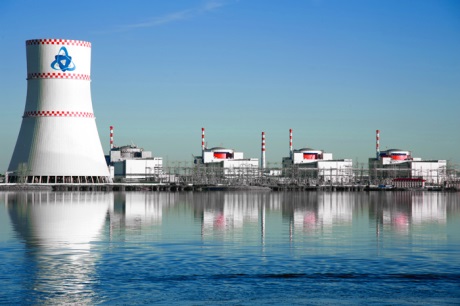Russia’s latest nuclear power reactor, Rostov 4, reached criticality and minimum controlled power on 29 December, 2017. It is Russia’s 36th reactor in a fleet that meets about 18% of the country’s electricity demand.
Four 1000 MWe VVER pressurized water reactors have been planned at the Rostov site since the early 1980s. Construction of units 1 and 2 began promptly, but progress faltered. Units 1 and 2 eventually entered commercial operation in March 2001 and October 2010, respectively. Unit 3 was connected to the grid in December 2014.
Tianwan 3 and 4 are AES-91 VVER-1000 units designed by Gidropress and supplied by Russian state nuclear company Rosatom. AtomStroyExport is the main contractor, supplying the nuclear island. First concrete for unit 3 was poured in December 2012, while construction of unit 4 began in September 2013. Two similar VVER-1000 reactors (units 1 and 2) began operating at the site in 2007.
Power output from the reactor will now be maintained at 25%. Dynamic tests will later be performed at 50%, 75% and 100% of capacity. Upon completion of initial testing at full thermal capacity, demonstration operation will proceed at nominal capacity for 100 hours, after which preliminary acceptance procedures will follow. Preliminary acceptance is the starting point of a two-year warranty period for the operation of Tianwan 3. The unit is scheduled to enter commercial operation later this year.


Brian Wang is a Futurist Thought Leader and a popular Science blogger with 1 million readers per month. His blog Nextbigfuture.com is ranked #1 Science News Blog. It covers many disruptive technology and trends including Space, Robotics, Artificial Intelligence, Medicine, Anti-aging Biotechnology, and Nanotechnology.
Known for identifying cutting edge technologies, he is currently a Co-Founder of a startup and fundraiser for high potential early-stage companies. He is the Head of Research for Allocations for deep technology investments and an Angel Investor at Space Angels.
A frequent speaker at corporations, he has been a TEDx speaker, a Singularity University speaker and guest at numerous interviews for radio and podcasts. He is open to public speaking and advising engagements.

